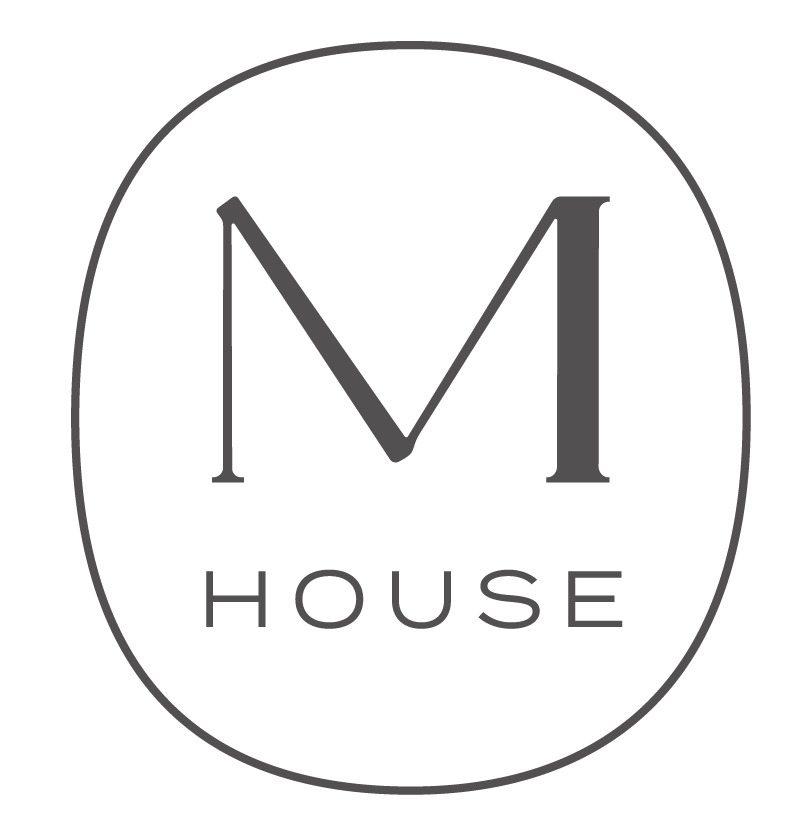Lighting Part Two-Natural Light
We talked about this in an earlier post, but lighting in a space is everything. While we spoke about layering different forms of artificial light last time, we’re here to drop some knowledge and a little bit of our Moore House philosophy on natural light with some fun little tidbits on light bulbs too. So let’s talk about what’s coming in your windows and what to do (or not do) with what you’ve got!
Let’s talk about why natural light is so great for you and your home. First of all, it help lowers energy costs. Sunlight is Mother Nature’s way of providing your home with all of the light it needs during the day, reducing the need for other power sources. Also, it’s great for your circadian rhythm. Our bodies thrive (and get better more restful sleep) when exposed to natural light when it’s available in the morning and throughout the day. When the sun sets, our bodies get the cue that it’s time for sleep, how cool is that?
How we treat natural light in a space…
Frankly, it’s a huge part of our design process. Not only do we look at what a home already has, but also any renovations or adjustments that would allow for more. So increasing window size and making sure windows or doors are optimally placed are all a part of what we do when we go in. We also consider the environment the home is in. If it’s rural and surrounded by breathtaking views that really allows for us to open up home and bring the outdoors in. Other times, we help clients figure out trickier lighting situations, like our Newport Pavilion project. Lovely oversized windows, but still a need for privacy since this apartment was right in the middle of Newport. The solution—the coolest custom cafe curtains.
Natural light and paint
This is really important, if you don’t remember anything else from the rest of the this post, remember this. Natural light in a room has a massive impact on a paint color. That’s why we emphasize how important it is to test a paint color and see how it looks throughout the day. Everything, from the direction light enters a room to where the sun is in the sky, can change the look of a paint color. Most times natural light shows off the most accurate version of a color. But if you’re familiar with our work, you know we work with a lot of neutrals and a lot of plaster. The tricky part about that is that neutrals tends to reflect a lot of color around the room. So the color has to balance not only the tone of the light which can change based on direction and geographic area but also what’s happening outside the windows and within the room. A north facing room will get a light that’s softer, but light in the Northeast part of the country can add a very slight blue tinge to a paint color. It’s a consistently even light. Southern light is very bright and can lighten up even the darkest color. Rooms with east and west facing rooms change the most during the day. Knowing these subtle little facts all help you choose smarter when it comes to paint.
Texture and light
So you know how we like to describe our interiors as broody (bright+moody)? Natural light is the secret to our success developing that aesthetic. Broody without bright light is just depressing. Combining neutrals, both dark and light, and different textures in woods, fabrics, metal, stone, and more, all looks better because of the light in the space. It shows the subtle nuances of each piece that we include and highlights the rich texture in something as seemingly simple as a plaster wall. Without natural light, we don’t have that wow-factor.
Light Bulb FAQ
LEDs really changed the game here and made things seem more tricky. Have you tried to buy a bulb recently? There are enough choices to make your head spin. Here we’ll break down some simple facts about LEDs to make your next trip easier.
-They last much longer than incandescent bulbs—which makes their higher cost worth it.
-They come in a bunch of sizes and fittings. Globes get used in things like bathroom vanities and places where the bulb can be seen. Semi-globes function similarly, but help point the light forward. A lot of current lamps use a Capsule/ A-Shape which mimics the look of an incandescent, again it’s great when a fixture is clear or the bulb is exposed.
-Light bulb color temperature is measured using something called Kelvins. The lower the Kelvins the more yellow the light appears, the higher the number the more white/blue the light appears. Cool, brighter white light is typically used in kitchens or office spaces and isn’t all that flattering. A warmer, more yellow light is what’s used the most in homes.
Kitchen image: Erin Little
Header and shower image: Erin McGinn













The Roweam Earthenware Collection is rooted in reverence for the natural world—a grounded celebration of texture, form, and sustainability. This curated offering honors the quiet strength of the earth, featuring hand-hewn woods, sun-warmed ceramics, and raw, time-worn materials that echo ancient landscapes. Designed to elevate interiors while paying tribute to the places that inspire them.